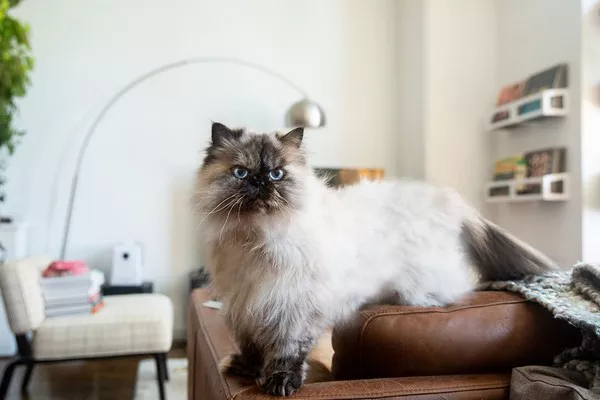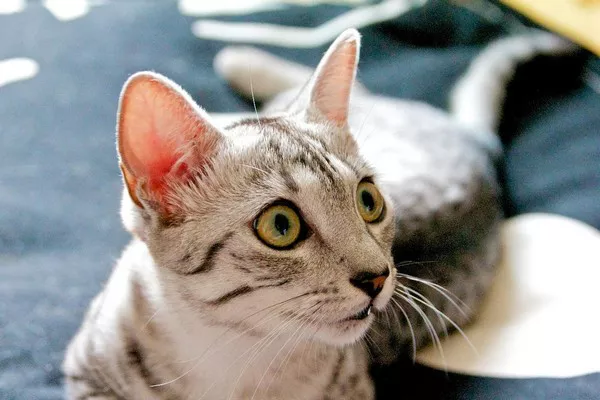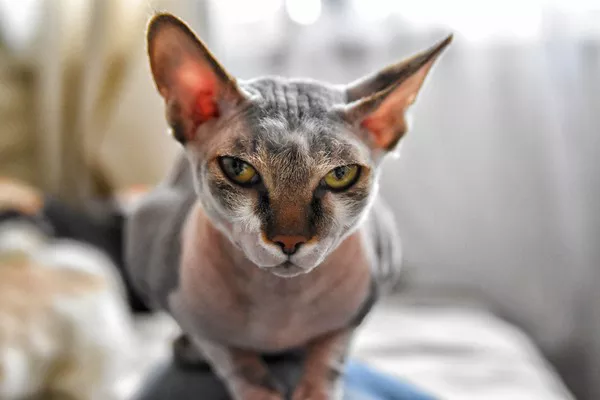Cats are intriguing and independent creatures known for their unique behaviors and personalities. While many cat owners are familiar with the practice of “scruffing” cats, where they hold the cat by the loose skin on the back of the neck, it’s crucial to understand why this method should be avoided and explore alternative ways to interact with and care for your feline companion.
Scruffing: What Is It and Why Is It Done?
Scruffing is a technique that involves gripping a cat’s loose neck skin, similar to how a mother cat carries her kittens. It’s often used by veterinarians and some cat owners in various situations, such as:
Handling During Veterinary Exams: Veterinarians may scruff cats during examinations to keep them still and prevent sudden movements that could lead to injury or escape.
Medication Administration: Some cat owners use scruffing to immobilize their cats when administering medication or performing necessary treatments.
Disciplining or Correcting Behavior: Historically, scruffing has been used as a disciplinary measure when a cat exhibits undesirable behavior.
Why Scruffing Is Problematic:
While scruffing might seem like a practical approach in certain situations, it has several significant drawbacks, and experts now recommend against its routine use for several reasons:
Causes Stress and Fear: Scruffing can induce significant stress and fear in cats. It can be a painful and intimidating experience, leading to anxiety and negative associations with human handling.
Diminishes Trust: Repeated scruffing can erode the trust between a cat and its owner. Cats may become wary and less likely to approach or interact with their caregivers.
Physical Harm: Applying excessive force when scruffing can lead to physical harm. It’s easy to injure the delicate skin on a cat’s neck or cause discomfort, leading to potential behavioral issues.
Ineffective Communication: Cats do not understand scruffing as a form of communication. Unlike dogs, who may respond to specific handling cues, cats may not associate scruffing with the behavior you’re trying to correct.
Stress-Induced Aggression: When subjected to excessive stress, some cats may react aggressively, potentially harming the person attempting to scruff them.
Negative Behavioral Consequences: Instead of correcting undesirable behavior, scruffing can lead to increased fear and anxiety, exacerbating the very issues it was meant to address.
Alternative Approaches to Cat Handling and Behavior Modification:
Positive Reinforcement: Instead of using punitive measures like scruffing, consider positive reinforcement. Reward good behavior with treats, praise, or toys to encourage desired actions.
Desensitization and Counterconditioning: If your cat has specific fears or anxieties, work with a professional trainer or behaviorist to employ desensitization and counterconditioning techniques.
Safe Handling Practices: When handling your cat for grooming, medication, or veterinary exams, use gentle and safe techniques that minimize stress. Gradual and patient approaches are more effective.
Regular Socialization: Consistent socialization from an early age can help cats become more comfortable with human interaction and reduce the need for corrective measures.
Consult with Experts: If you’re experiencing behavioral challenges with your cat, seek guidance from feline behavior experts or veterinarians who can provide personalized solutions.
Conclusion: A Compassionate Approach to Cat Care
Cats are complex beings with unique needs and sensitivities. As responsible cat owners, it’s our duty to ensure their physical and emotional well-being. Scruffing, while once a common practice, is now widely discouraged due to its potential to harm a cat’s mental and physical health.
Instead of relying on punitive methods, we can build stronger bonds with our feline friends through positive reinforcement, patience, and understanding. By respecting a cat’s boundaries and providing a safe and nurturing environment, we can foster trust and create a harmonious and loving relationship.
Remember that every cat is an individual, and what works for one may not work for another. Consult with professionals when needed and prioritize your cat’s comfort and happiness in all your interactions.



























